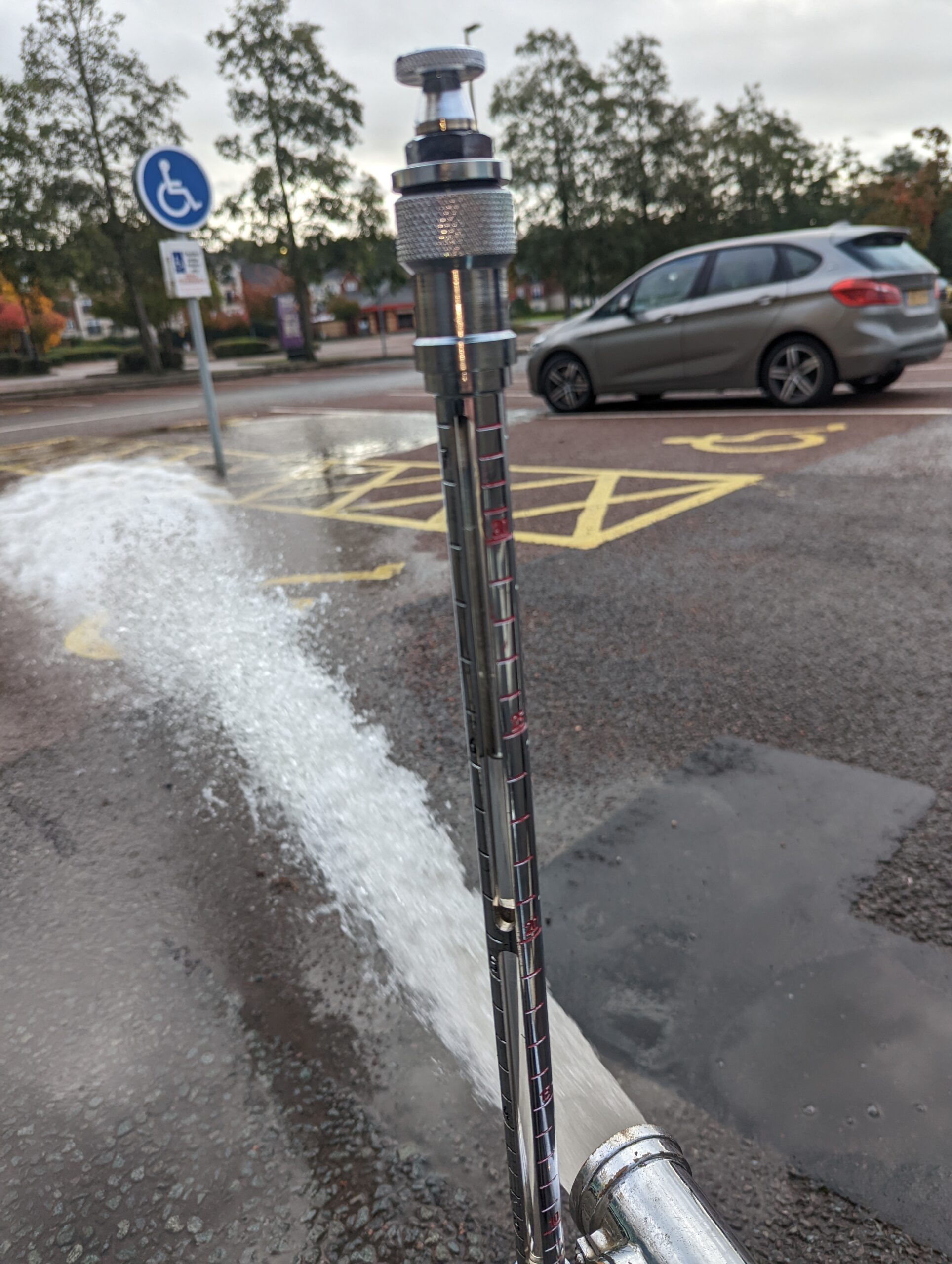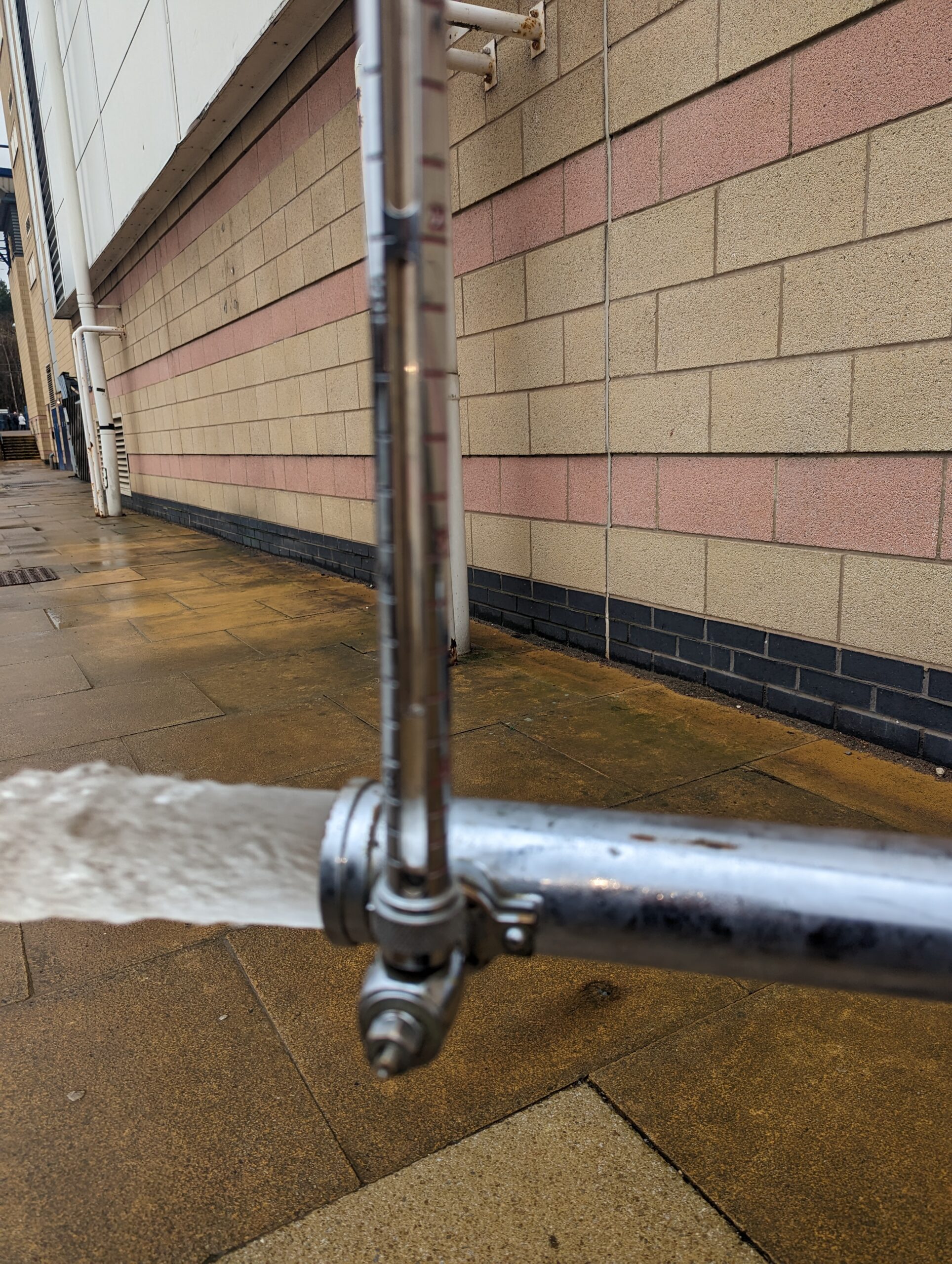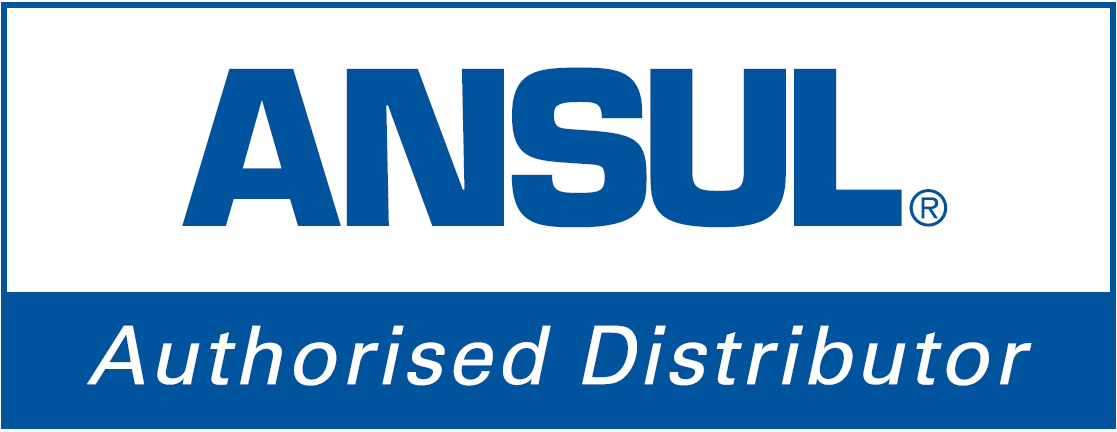
Understanding Underground Fire Hydrants
Fire Hydrant Maintenance Services Newcastle
Here at LJM, we specialize in the maintenance and testing of Underground Fire Hydrants. But what exactly is an Underground Fire Hydrant? These crucial apparatuses are installed within the city network water main and are identifiable by a yellow “H” plate typically mounted on a post nearby.
Underground Fire Hydrants are exclusively intended for use by the Fire & Rescue Service. When responding to a fire, the Fire Service requires high volumes of water. Fire appliances can only hold a limited amount of water, so they need to connect to the city main, which provides them with an unlimited supply of high-volume water.


How Does This Affect You?
For many private sites, such as Business Parks, Schools & Universities, Hospitals, Car Parks, and other large areas, the installation of Underground Fire Hydrants during the site’s construction phase is a requirement. This is because if a fire breaks out on the site, a public hydrant may be too far away for fire teams to access in a timely manner.
Maintaining private Fire Hydrants to BS 9990:2015 standards is the responsibility of the landowner or managing agent. Ensuring that the site possesses a current certificate of compliance is crucial for fire safety.


Hydrant Testing Procedures
Hydrant testing involves several essential steps:
Above Ground Inspection – ensuring proper signage, access, and overall condition.
Below Ground Inspection – checking the pit’s depth, condition, and clearing debris if necessary
Wet Test – flushing the hydrant, checking valve glands and joints for leaks
Static Test – recording static pressure
Flow Test – recording flow readings
Upon completion, the site will be issued with a certificate of compliance to BS 9990:2015, ensuring that your Underground Fire Hydrant meets all necessary standards.
Why Choose LJM?
When it comes to Underground Fire Hydrant testing, here’s why you should choose LJM:
Over 20 years of experience in hydrant testing and recording
Engineers hold current National Water Hygiene cards
Equipment is rigorously cleaned using Water Authority approved solutions
Equipment is tested and calibrated where required

FAQ’s
How does a Hydrant work?
If the system fails for any reason our engineers carry spares so they can get your system back up and running as soon as possible, depending on the nature of the failure
Do I need to maintain this?
If the system fails for any reason our engineers carry spares so they can get your system back up and running as soon as possible, depending on the nature of the failure
What is involved with the test?
If the system fails for any reason our engineers carry spares so they can get your system back up and running as soon as possible, depending on the nature of the failure
What happens if the system fails?
If the system fails for any reason our engineers carry spares so they can get your system back up and running as soon as possible, depending on the nature of the failure
Why choose LJM?
If the system fails for any reason our engineers carry spares so they can get your system back up and running as soon as possible, depending on the nature of the failure
Enquiry

Let’s talk or fill in our enquiry form today
Have you found what your looking for? Or simply require more information? Don’t hesitate to get in touch today or fill in our enquiry form and we can arrange a call back.
Get in touch




